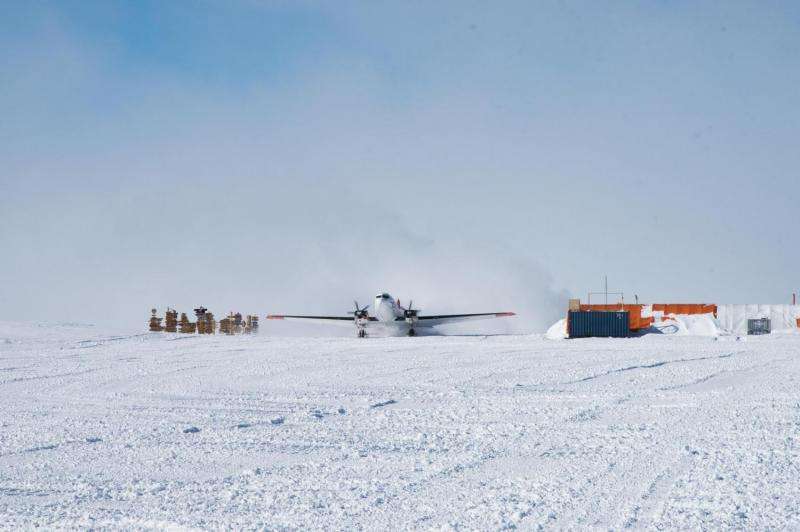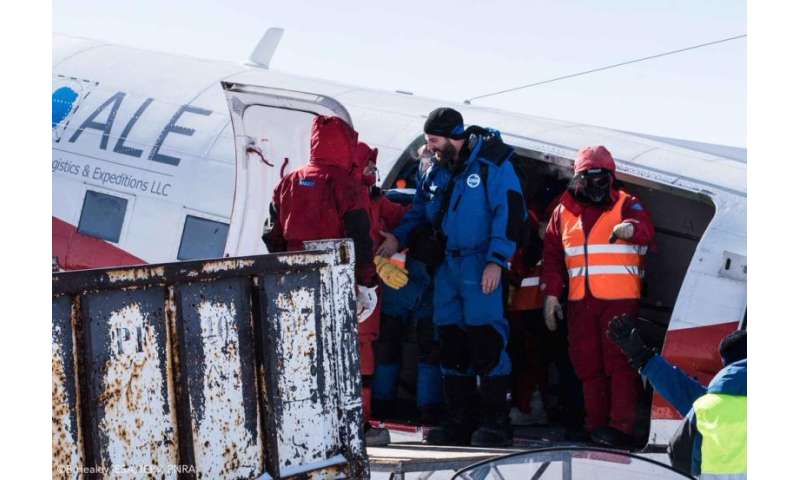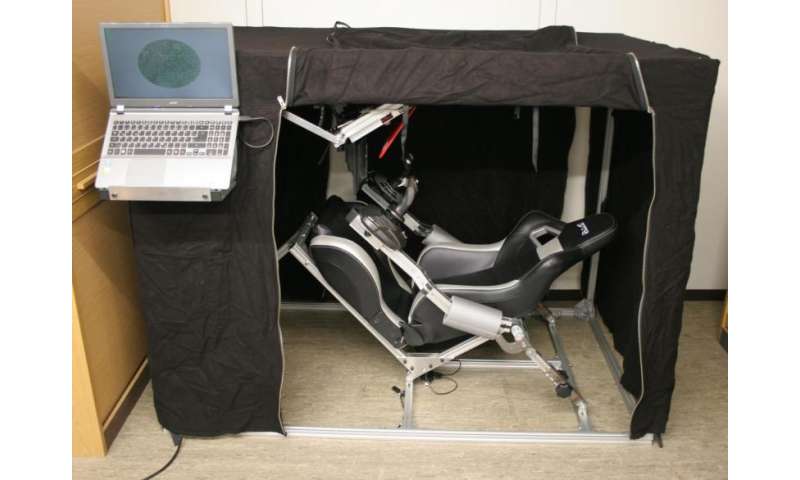New arrivals in Antarctica

The next crew to live and work at the Concordia Antarctic research station has arrived in the white desert. ESA-sponsored medical doctor Floris van den Berg will take over experiments for future spaceflight from Beth Healey, who has been at the base for almost a year.
The French–Italian Concordia lies 3200 m above sea level and is extremely isolated – its closest neighbour is the Russian Vostok base 600 km to the north. The crew of up to 15 are on their own during the winter because the –80°C temperatures and the weather prevent aircraft landings.
The international crew, limited oxygen, extreme weather, isolation and cramped conditions make living at Concordia similar to future long space missions. Floris, from the Netherlands, will continue running international research for ESA on how the crew's bodies and minds adapt to the stresses as they work and maintain the station.
This year's experiments for ESA include investigating changes in sleep patterns, movement and balance, the crew's mood, the heart, bone density and even the brain with MRI scans before and after the year-long stay.
One experiment will see test subjects piloting a Soyuz spacecraft simulator like astronauts training for their flights. Their piloting skills will probably degrade over time but mission designers must make sure astronauts have the skills to land a spacecraft even after 18 months in space – or, in Concordia's case, a spacecraft simulation after 12 months of white space.
The Antarctic summer is approaching and the new crew are only part of the new arrivals. More than 60 scientists and technicians will stay until February to perform research on the ice or to maintain and restock the base. Concordia offers a unique location for scientific research, including glaciology, climatology and testing the accuracy of Earth-observation satellites.
As the research station is near the South Pole, the Sun does not set during the summer months, nor does it rise above the horizon during the winter, leaving the crew in darkness for four months.
Beth will leave after her year in isolation by taking the slow route over land – she will be part of a 10-day caravan on skies that ferries heavy supplies across the Antarctic plateau.
-

The next crew to live and work at the Concordia Antarctic research station arrive in the white desert. ESA-sponsored medical doctor Floris van den Berg will take over experiments for future spaceflight from Beth Healey, who has been at the base for almost a year. The French–Italian Concordia lies 3200 m above sea level and is extremely isolated – its closest neighbour is the Russian Vostok base 600 km to the north. The crew of up to 15 are on their own during the winter because the –80°C temperatures and the weather prevent aircraft landings. The international crew, limited oxygen, extreme weather, isolation and cramped conditions make living at Concordia similar to future long space missions. Floris, from the Netherlands, will continue running international research for ESA on how the crew’s bodies and minds adapt to the stresses as they work and maintain the station. Credit: ESA/IPEV/PNRA—B. Healey -

The Simskill experiment used to train and simulate spacecraft operations. Astronauts on long missions in space need to pilot their spacecraft and conduct complex operations months or even years after their training on Earth. On the International Space Station, astronauts periodically take refresher courses for critical tasks such as berthing cargo spacecraft. For astronauts returning from Mars, mission designers need to know that they will be able to perform after months of isolation and stressful exploration. The Simskill experiment needs a spacecraft simulator to be shipped down to Antarctica to see how the Concordia crew will cope over the course of their stay. After training for spacecraft piloting, the test subjects will do simulations on a variety of common Soyuz spacecraft tasks such as docking and rendezvous. Their results will be recorded together with psychological and physiological data, such as the pilot’s heartbeat. The same study will be performed as a control in Stuttgart, Germany, and on the British Antarctic Survey station Halley VI. Credit: Institute of Space Systems, University of Stuttgart–Andreas Fink
Provided by European Space Agency



















